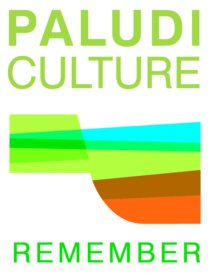REMEMBER
The role of emergent macrophytes in biogene load reduction in water ecosystems
Background

Tons of nitrogen (~ 44,500) and phosphorus (~ 1,500) enter the Baltic Sea every year. Rivers are the main sources of such nutrient inputs. 75% of the total nitrogen (N) and most of the total phosphorus (P) transported by rivers to the Baltic Sea originates from non-point sources in the catchment area. The Neman River (Memel, Nemunas) is the fourth largest river in the Baltic Sea catchment area. With a length of about 940km, it originates from Minsk region, flows into the Curonian Lagoon and finally into the Baltic Sea.
The Naroch lakes are located on the upper reaches of the Neman catchment area in northwestern Belarus. The waters and their adjoining semi-aquatic ecosystems (lakeside reed beds, peatlands) are a special feature of the Naroch region and widespread in the "Narochansky" National Park. The peatlands in the catchment area of the Naroch Lakes are drained and used for agriculture. This causes degradation of the peat and, in addition to enormous greenhouse gas emissions, an accelerated surface water runoff and a high nutrient input into the lakes.
The REMEMBER project aims to investigate on the role of reed beds in semi-aquatic ecosystems in the Narochansky National Park with regard to nutrient input and retention in clear water ecosystems.
Aims of the project
The overall aim of the project is to use the example of the Naroch National Park to assess the nutrient storage by emergent macrophytes in semi-aquatic ecosystems in order to find ways to reduce nutrients in the ecosystem.
We aim to investigate optimal conditions for the harvest of plant biomass, which acts as a nutrient filter in the catchment area of the lakes. The harvested biomass can e.g. used as a raw material for building materials or energy. These use options offer incentives for the development of companies and businesses.
On a regional level, the results of the project promote the development of local management plans, as a basis for improving water quality in the catchment area of the Baltic Sea.
Consortium
- University of Greifswald, Institute of Botany and Landscape Ecology,
Partner in the Greifswald Mire Centre - University of Greifswald, Department of Physical Geography
- Belarusian State University, Research Laboratory of Aquatic Ecology
- National Park “Narochansky”








